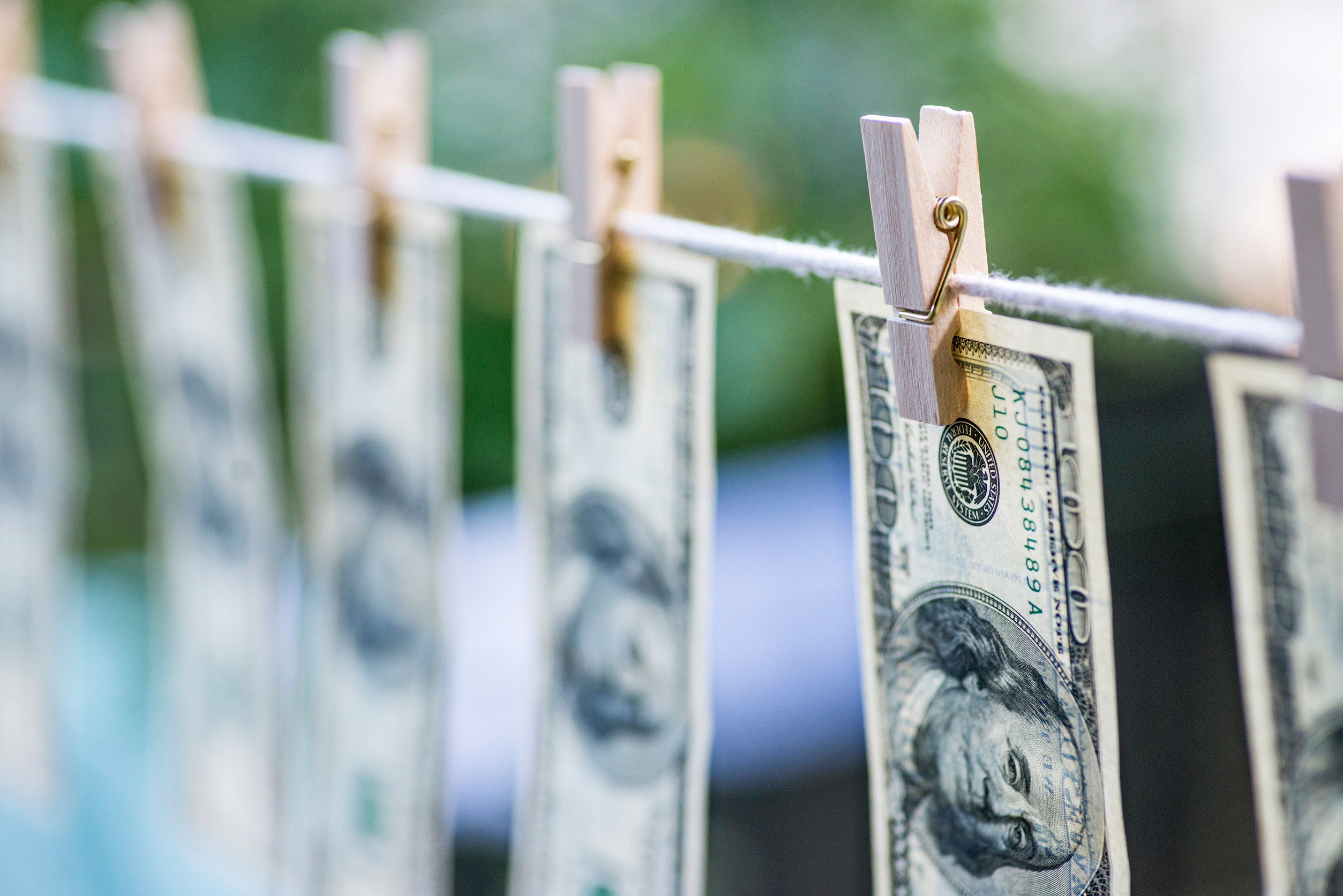Charities carry a powerful image of kindness, goodwill, and trust, which makes them an appealing cover for shady activity. Donors rarely question where every dollar ends up, especially when the organization appears noble and community-driven. Criminals latch onto that goodwill, funneling dirty money through donations that look squeaky clean.
Unlike other sectors, charities often don’t face the same level of financial scrutiny as banks or investment firms. That combination of trust and lighter oversight creates fertile ground for laundering schemes.
Why Criminals Love the “Good Cause” Label
When funds are labeled as charitable donations, they gain instant credibility and respect. A corrupt actor can funnel illicit profits into a foundation and make it seem like generosity instead of crime. Money can then be rerouted through projects, overseas transfers, or operational expenses that no one thinks to question.
The heartwarming label of “charity” makes investigations slower and harder to justify. In many cases, that simple disguise is enough to keep dirty money hidden for years.
How the Global Reach of Charities Adds Cover
Charities often operate across borders, sending funds into regions with weaker regulations and fewer banking safeguards. That international presence becomes the perfect excuse for frequent, large transfers of cash. Criminals exploit the narrative of helping disaster zones or impoverished communities to justify the movement of funds. Once money crosses borders under the umbrella of aid, tracing its true origin becomes complicated. For launderers, this global reach isn’t just a perk—it’s a goldmine of opportunity.
The Technology Twist in Laundering
Digital donations and online giving platforms have exploded in popularity, creating new openings for bad actors. Anonymous online transfers make it easy for launderers to move funds without drawing attention. Fraudsters can even set up fake charities that exist solely as a front for criminal cash flow. Technology offers incredible convenience for real donors, but that convenience is a dream come true for money launderers. The rise of crypto donations adds another layer of anonymity, further muddying the waters.
The Role of Shell Charities
Some so-called charities are nothing more than paperwork and a bank account. These shell operations are built to mimic legitimate organizations but exist entirely to launder money. They may even launch small token projects to look authentic while shuffling huge sums behind the scenes. Because charitable registration varies by country, weak oversight lets these shells thrive. The simplicity of creating a fake nonprofit makes it one of the easiest laundering tools around.
Red Flags That Often Go Unnoticed
Oversized donations from questionable sources should be a clear warning sign, but they often slip through. Rapid transfers to high-risk regions can appear as urgent humanitarian efforts rather than suspicious moves. A lack of detailed project reports might signal trouble, yet donors rarely demand that level of transparency. Employees working inside charities may even turn a blind eye, unwilling to accuse their own supporters. This relaxed environment makes it all too easy for laundering schemes to thrive.
The Damage Done Beyond the Money
When charities are exploited, trust in the nonprofit sector takes a huge hit. Donors who fear their money may not reach those in need could pull back from giving altogether. That loss of faith damages legitimate organizations that rely on goodwill to survive. Communities expecting aid may see fewer resources as donations dry up. The crime doesn’t just wash dirty money—it drains real opportunities for people who need help.
Regulators Trying to Keep Up
Governments and watchdog groups are scrambling to tighten rules on charitable finances. Enhanced vetting processes and stricter reporting requirements are being rolled out across different regions. Banks are being urged to treat nonprofit accounts with the same suspicion as high-risk business ones. Yet the patchwork of regulations means launderers still find plenty of gaps to exploit. Oversight is improving, but criminals always seem to stay one step ahead.
Why It Keeps Growing Despite Awareness
The nonprofit world thrives on speed, generosity, and trust—all things that clash with rigid compliance systems. Many organizations don’t want to alienate donors by making giving seem complicated or invasive.
Criminals know this reluctance and lean into it, targeting charities that pride themselves on openness. With global giving on the rise, the sheer volume of donations makes constant monitoring impossible. Until trust and transparency can coexist, the problem will only expand.
The Future of Charity and Risk
Experts argue that tech-driven transparency tools could transform nonprofit accountability. Blockchain-based tracking, for example, could allow donors to follow their money to the end use. Greater collaboration between banks, regulators, and nonprofits may help close money laundering loopholes. Education for both donors and staff can also sharpen eyes to warning signs. While challenges remain, the fight to protect charitable giving is picking up momentum.
Keeping Generosity Clean
Charitable donations are one of the purest symbols of human kindness, but that purity has made them an irresistible magnet for laundering schemes.
By exploiting trust, global networks, and new technologies, criminals have turned nonprofits into money-washing machines. The cost isn’t just financial—it’s reputational, emotional, and deeply damaging to communities waiting on aid. Donors, regulators, and charities all share the responsibility of safeguarding generosity from being hijacked.
What do you think—should governments clamp down harder, or should the nonprofit world lead the charge? Leave a comment with your thoughts.
You May Also Like…
- Why Some Charity Appeals Surge Right After Natural Disasters
- How Greed Shapes Political Donations Behind the Scenes
- How Greed Drives Price Manipulation in Everyday Markets
- 5 Charitable Organizations Recently Fined for Mismanagement
- The Rise of Fake Crowdfunding Pages Pretending to Be Nonprofits


